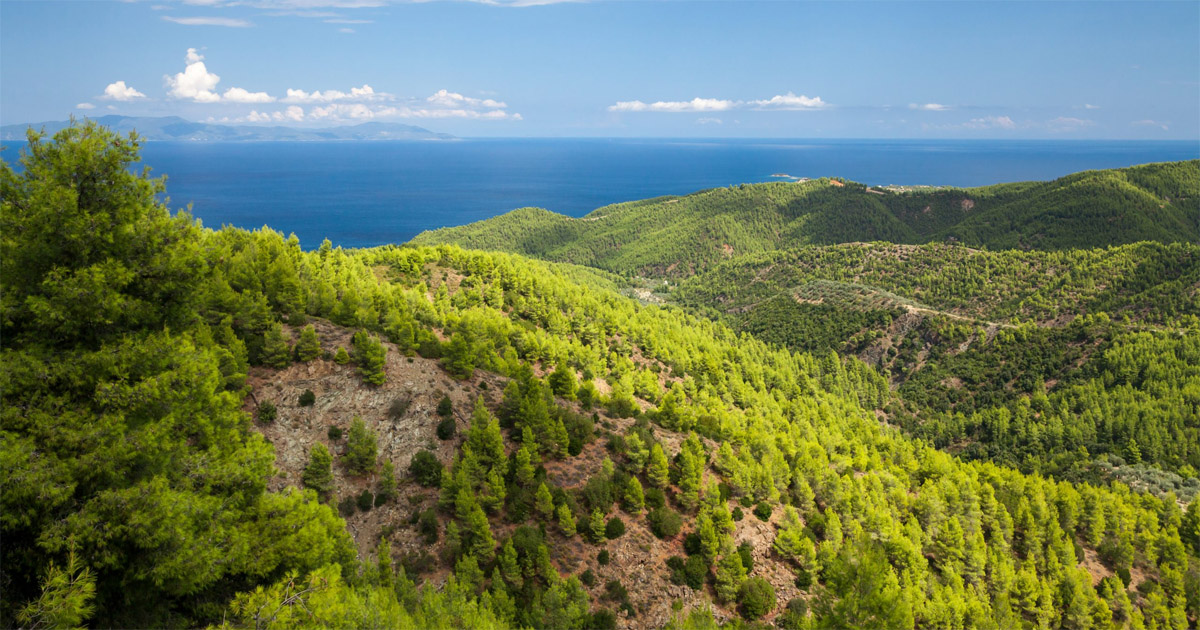Several Andean countries have planned to restore forest cover in degraded land to enhance the provision of multiple ecosystem services in response to international commitments such as the Bonn Challenge. Hydrological services, e.g. water supply, hydrological regulation and erosion mitigation, are particularly important to sustain the life of more than fifty million Andean people. While rapid and important forest cover changes have occurred during recent decades, critical information on the impact of forestation on hydrological services has not yet been synthesized in the context of Andean ecosystems. We define forestation as the establishment of forest by plantation or natural regeneration on areas that either had forest in the past or not. To help improve decision-making on forestation in the Andes, we reviewed the available literature concerning the impacts of forestation on water supply, hydrological regulation and mitigation of erosion and landslides. We also examined available data on the most relevant hydrological processes such as infiltration, evapotranspiration and runoff in forest stands. Hydrological services from native forests were also included as a reference state for comparing processes and services provided by forestation. Following systematic review protocols, we synthesized 155 studies using different methods, including meta-analyses and meta-regressions. Results show that forestation has had clear impacts on degraded soils, through reducing water erosion of soils and risk of moderate floods, increasing soil infiltration rate by 8 and topsoil organic matter (SOM). We found that 20 years of tree plantation was sufficient to recover infiltration rate and sediment yield close to the levels of native forests whereas SOM, soil water storage and surface runoff of native forests could not be recovered by forestation in the time scales examined. The benefits in terms of hydrological regulation are at the expense of a reduction in total water supply since forest cover was associated with higher water use in most Andean regions. Forestation with native species was underrepresented in the reviewed studies. The impact of forestation on landslides has also been largely overlooked in the Andes. At high elevations, exotic tree plantations on Andean grasslands (e.g. páramo and puna) had the most detrimental consequences since these grasslands showed an excellent capacity for hydrological regulation and erosion mitigation but also a water yield up to 40% higher than tree plantations. People engaged in forest restoration initiative should be aware that hydrological services may take some time for society and the environment to show clear benefits after forestation.
Download:
DOI:
https://doi.org/10.1016/j.foreco.2018.11.033
Puntuación Altmetric:
Dimensiones Recuento de citas:

Año de publicación
2019
Autores
Bonnesoeur, V.; Locatelli, B.; Guariguata, M.R.; Ochoa-Tocachi, B.F.; Vanacker, V.; Zhun, M.; Stokes, A.; Mathez-Stiefel, S-L.
Idioma
English
Palabras clave
forests, food security, sustainability, diet, biodiversity
Geográfico
Ecuador, Colombia, Peru, Argentina, Chile



















